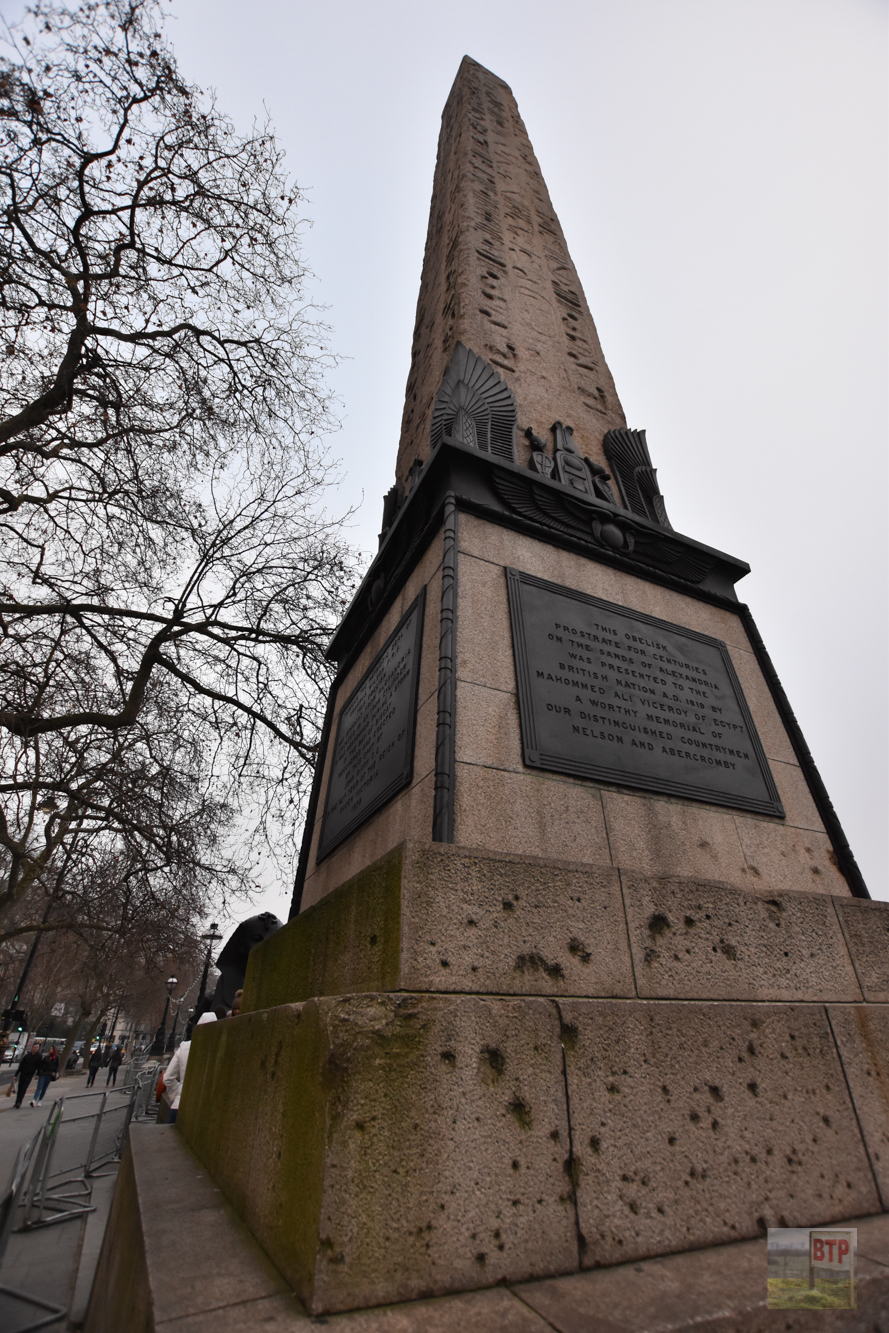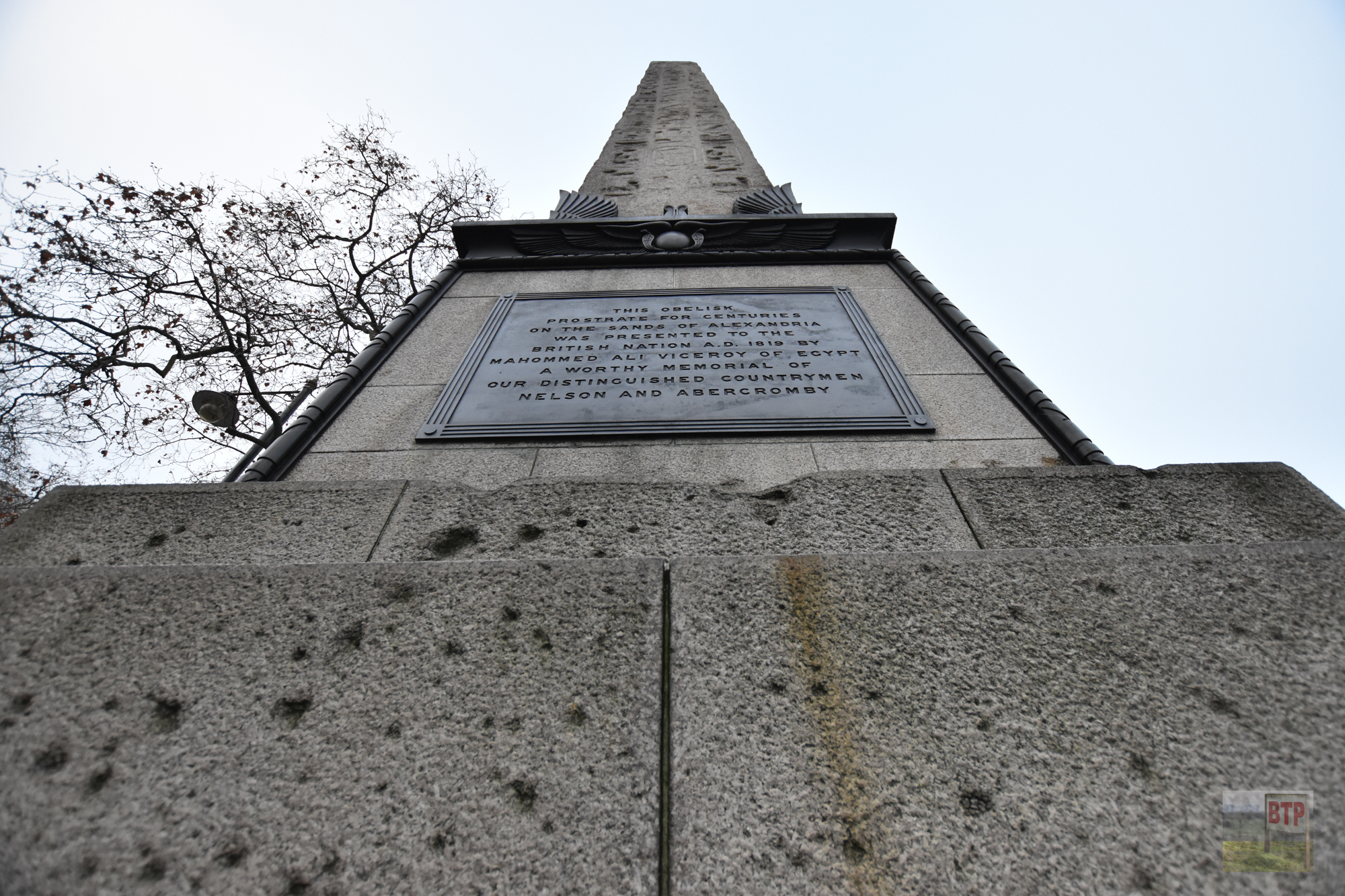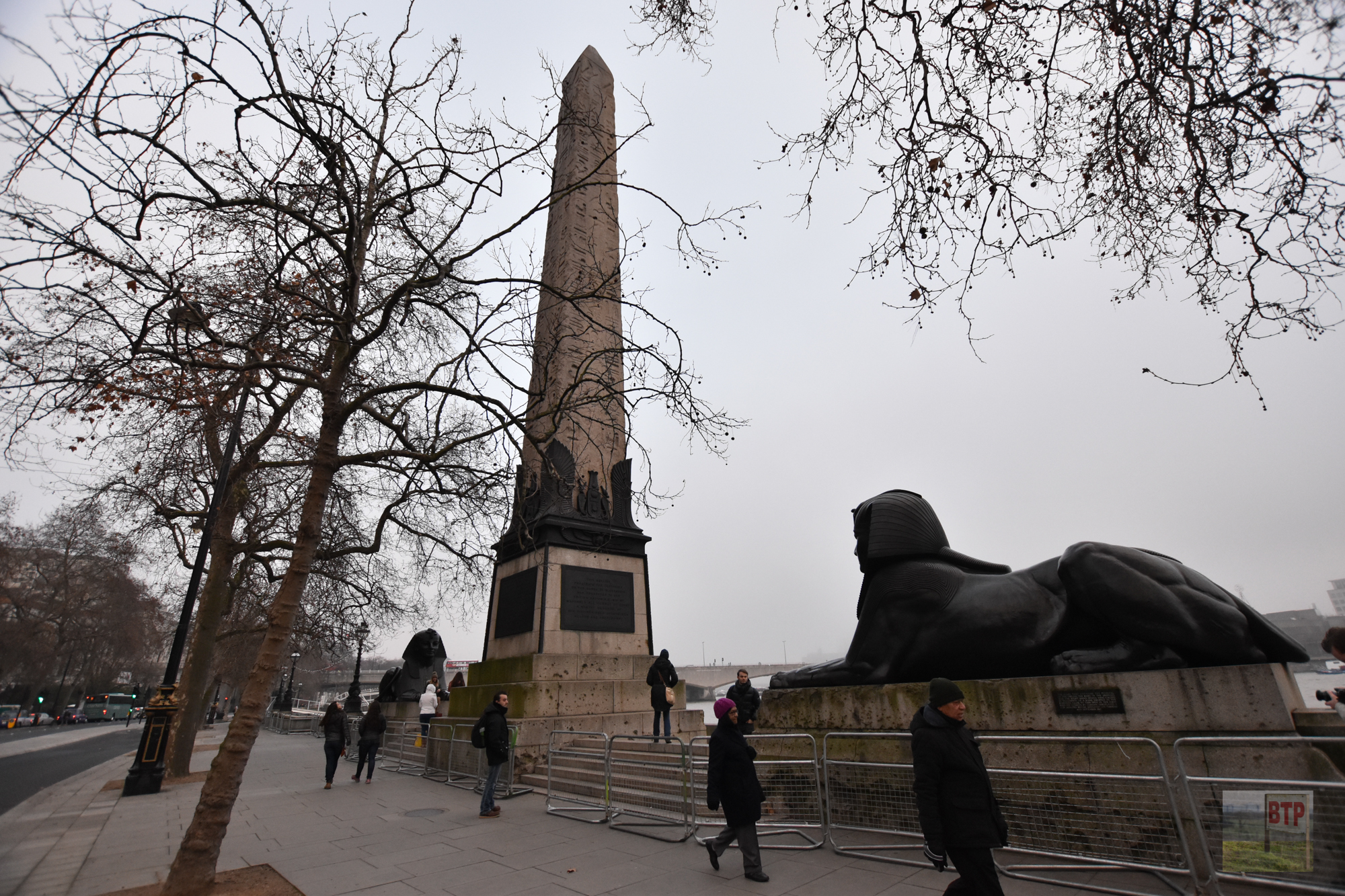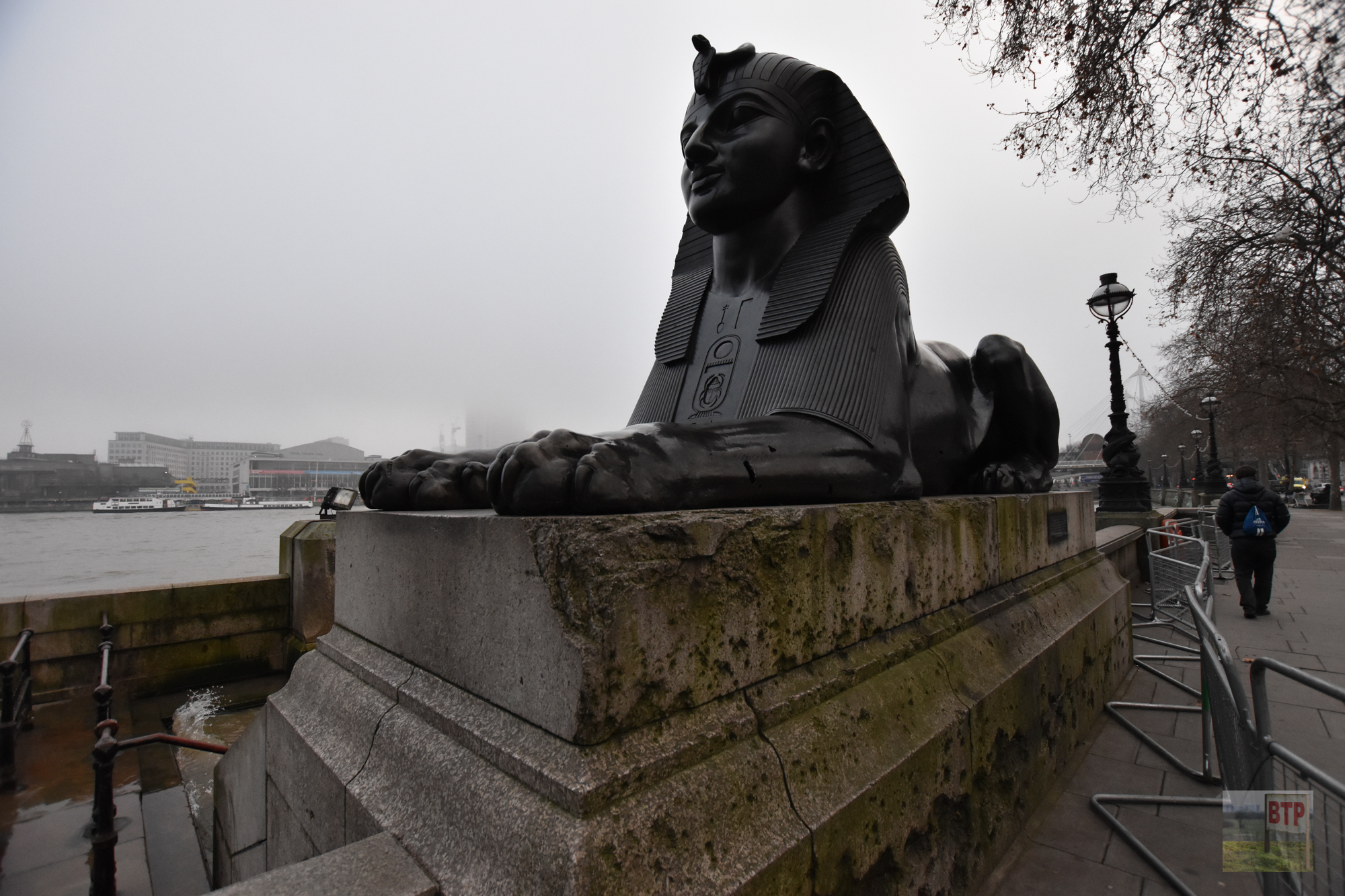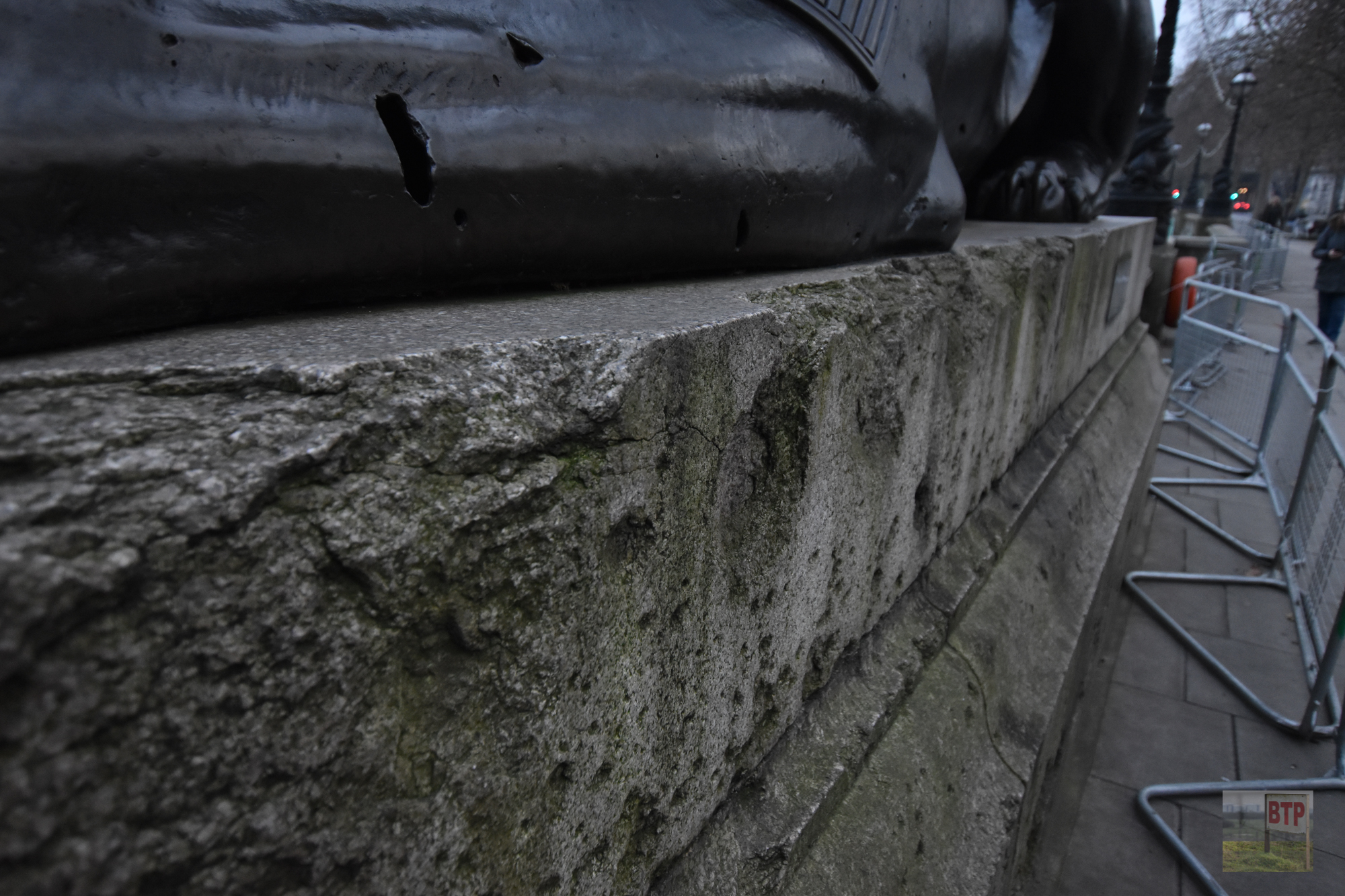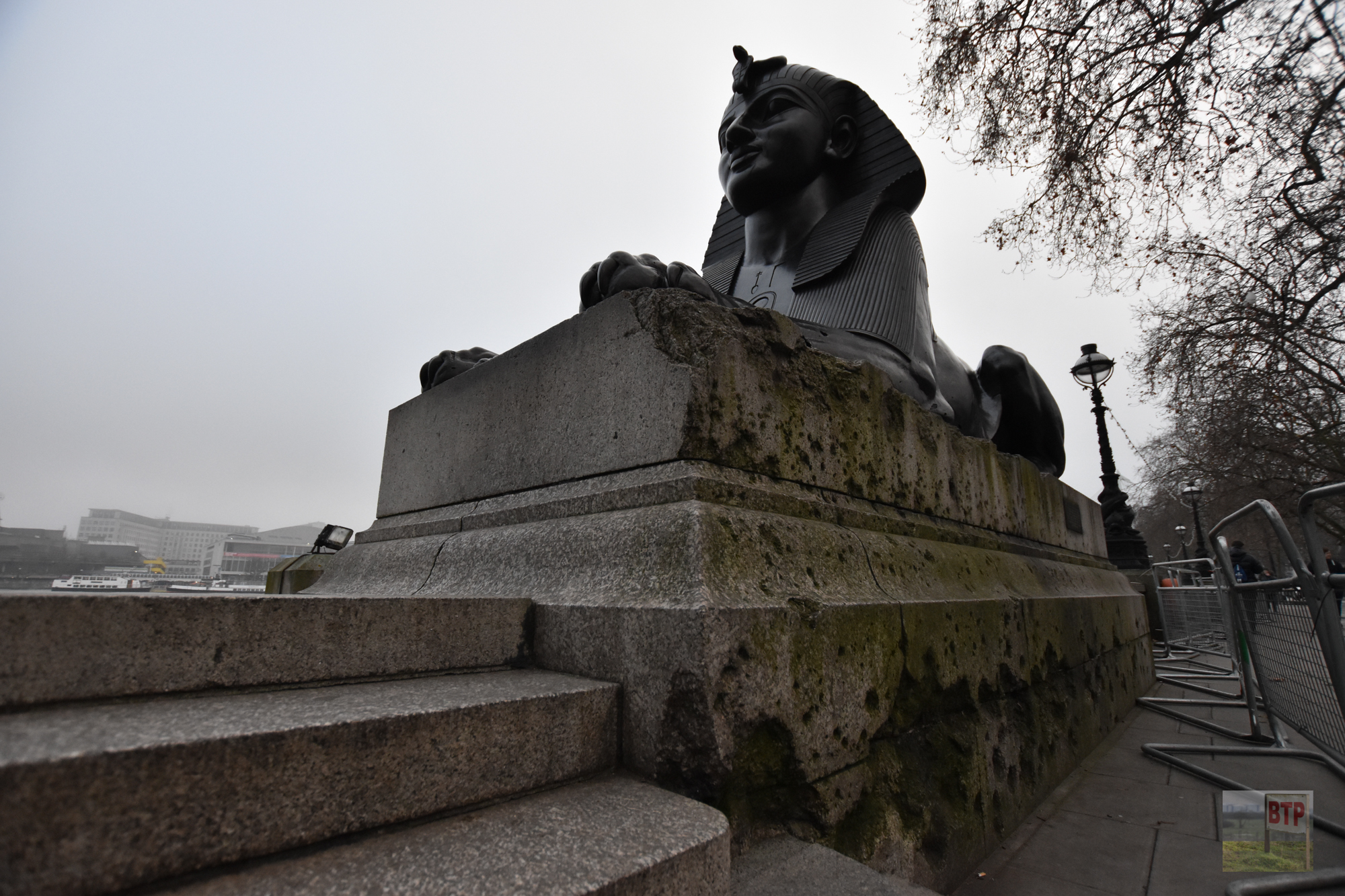The last place that you expect to find an Egyptian relic is in central London – but you would be surprised! Known as Cleopatra’s Needle, it actually has nothing to do with Cleopatra, it was brought to London from Alexandria which is known as the royal city of Cleopatra. The obelisk was made in Egypt for Pharaoh Thotmes III in 1460 BC, making it almost 3,500 years old and stands prominently overlooking the River Thames today!
Britain was presented with the obelisk to mark their victory over Napoleon and after around 60 years of the structure remaining in Egypt, the British government could eventually afford to ship the giant obelisk over, at a cost of £15,000. But how do you ship a 180 tonne needle from one continent to another?
A specially designed cigar-shaped container ship was built to ship it. The iron cylinder was 93 feet long, 25ft longer than the obelisk, and was divided into ten watertight compartments. Towed along by steam-ship ‘Olga’, all was fine until the vessel reached Europe. On October 14th 1877, stormy waters off the west coast of France caused disaster to the ship – she was sinking. The Olga sent a boat with 6 crew members to rescue staff on the doomed ship but with the boat swamped – they died. Their names are commemorated on one of the plaques which are on the base of the needle today.
Eventually the Olga drew alongside and rescued Cleopatra’s five crewmen and their skipper. The rope joining the vessels was cut and the ship was left to drift towards the Bay of Biscay. The British Government were anxious over loosing a lot of money. Five days later a ship spotted the Cleopatra off the northern coast of Spain, undamaged, and towed her to the nearest port. Finally in January 1878, months after setting off, the Needle was towed up the River Thames, much to the relief of waving crowds. The monument was winched into position in September and the boat that carried her was sent to be scrapped. – A remarkable journey for an appreciation gift.
Sphinxes
Cleopatra’s Needle is in between two faux-Egyptian sphinxes, designed by English architect George John Vulliamy. The sphinxes are cast in bronze and bear hieroglyphic inscriptions that say “the good god, Thuthmosis III given life”. These sphinxes appear to be looking at the Needle rather than guarding it, something quite unusual.
On September 4th 1917, a German bomb wad dropped and landed close to the site causing factures to both monuments. The damage was left unrepaired to commemorate the event, and the shrapnel holes remain today.
Information sourced from Historic-UK and Wikipedia.
This entry was posted in Location Report
